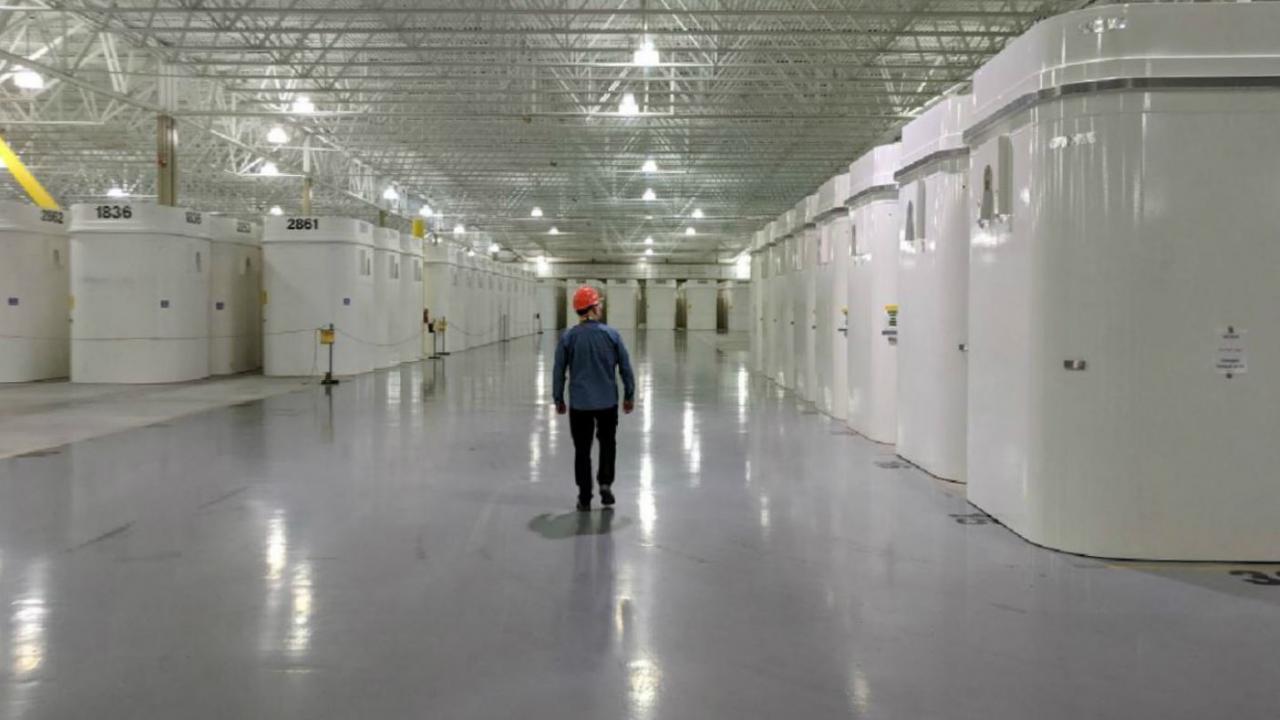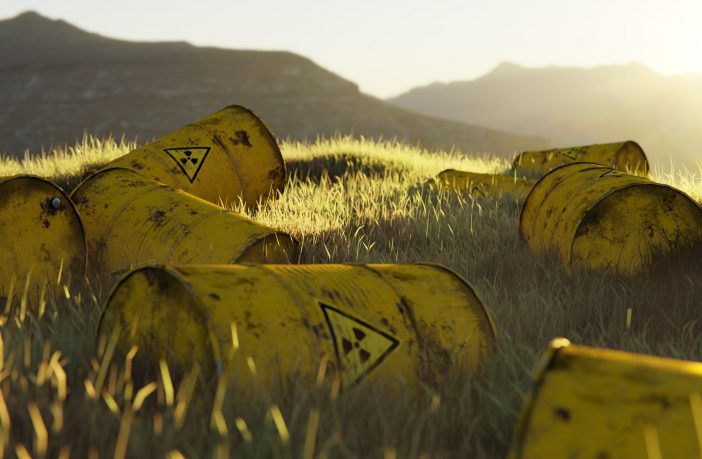Opinion
- Some experts say nuclear power may be essential for cutting emissions and curbing climate change.
- But the energy source is wildly unpopular in much of the world.
When I was three years old, a reactor at the nuclear power plant 30 kilometres east of our split-level suburban home partially melted down.
Like most people in the neighborhood, when my parents heard about the trouble at Three Mile Island, they considered loading up the family station wagon and fleeing. Like most people in the neighborhood, they didn’t.
Several years after the worst nuclear accident in US history, a Columbia University studycouldn’t establish a clear connection between the radioactive gas it released and elevatedlocal cancer rates. Yet by that point, the public was in no mood to hear about the relative safety of splitting atoms.
In a strange coincidence, a Hollywood blockbuster about the perils of nuclear power was released just days before the incident at Three Mile Island. “The China Syndrome” benefited from auspicious timing, but it was just part of a long thread of similarly themed, similarly alarming entertainment. Headlines generated by events like the Fukushima disaster in Japan have only further hardened public opinion.
But what if this source of so much collective anxiety is also one of our best bets for averting a climate catastrophe?
How the world views nuclear energy
An irony noted at the time of the 2019 closure of Three Mile Island, which had provided nearly all of Pennsylvania’s carbon-free energy, was that it occurred on the same day activists around the world took to the streets to call for climate action. One action that could help prevent a devastating degree of global warming, according to scientists and economists convened by the UN: increase the percentage of electricity we get from nuclear energy, even potentially quintuple it by 2050.
Much of the world remains unconvinced. When Japan recently restarted a nuclear reactor meant to help the country cut emissions, it was met with alarm. And California is shutting down the state’s last nuclear power plant – a facility targeted by activists in the wake of Three Mile Island – though it’s unclear whether a spike in emissions will follow.
Nuclear power proponents point to its safety relative to other electricity sources, and say a “not in my backyard” (NIMBY) attitude hinders development – though not everywhere. “Hard to be a NIMBY in China,” as one American journalist quipped. China has doubled its nuclear capacity recently, and is likely to maintain that pace at least until 2025.

Part of the western waste facility at Bruce Nuclear Generating Station in Canada. Credit: John Michael McGrath.
The first nuclear power plant was connected to an electricity grid in the Soviet Union in 1954, and plants in the UK and the US soon followed. Hundreds more have been builtsubsequently, as critics have raised issues related to safety, human rights violations, nuclear weapons proliferation and waste that can remain lethal for thousands of years.
Germany has decided the risks aren’t worth it, and is phasing out nuclear power even as it aims to achieve net-zero emissions by 2045.
A next generation of nuclear reactors could improve safety and efficiency. “Small modular reactors” may produce less energy individually, but can be scaled up as needed. They also include added safety features.
One company founded by Bill Gates has developed a “Natrium” reactor technology that stores heat in molten salt and is designed to work well with renewables. It recently announced plans for a pilot project in Wyoming.
About 440 reactors – the number of operable reactors has remained relatively flat for decades – currently supply about 10% of the world’s electricity. However, dozens more are under construction.
Nuclear energy promises to be a source of lively debate at the UN Climate Change Conference of the Parties (COP26) scheduled to begin in October. Meanwhile, new research on the impact of the accident at Three Mile Island continues to be published.
For more context, here are links to further reading from the World Economic Forum’s Strategic Intelligence platform:
- What if it’s already too late to safely operate the nuclear plants that could help combat climate change, as this piece asserts, due to the impacts of climate change? (The Conversation)
- Out of the ashes of Chernobyl grew greater transparency and openness, according to this analysis, which argues that the global networks of cooperation created after the accident mean nuclear can now be relied upon to help tackle climate change. (Science)
- How do you ensure a steady supply of nuclear fuel in a world of unpredictable demand? According to this report, part of China’s answer is to invest $435 million in a uranium plant in Kazakhstan. (The Diplomat)
- Something to ponder amid a “nuclear renaissance,” according to this report: there are no guarantees that the countries now wealthy and stable enough to build and safely maintain nuclear power plants will remain that way. (Russian International Affairs Council)
- Ghana operates a “research” reactor acquired from China, according to this report, and has approached China, Russia and South Korea for financial assistance to build a nuclear power plant that could cost as much as $10 billion. (SAIIA)
- Can Germany maintain energy supply security on renewables alone? According to this analysis, by the end of next year the country will already have over 23 gigawatts less nuclear power capacity than 10 years ago. (Clean Energy Wire)
- In order to heal the divide over nuclear energy, this analysis argues that debate must move beyond the simple “for-or-against dichotomy” that’s engendered mistrust and deepened fears. (Harvard Kennedy School)
On the Strategic Intelligence platform, you can find feeds of expert analysis related to the Future of Energy, Climate Change, and hundreds of additional topics. You’ll need to register to view.
















